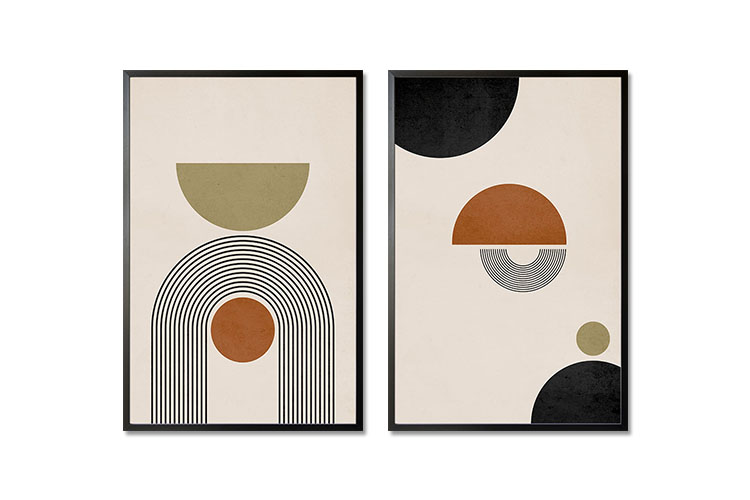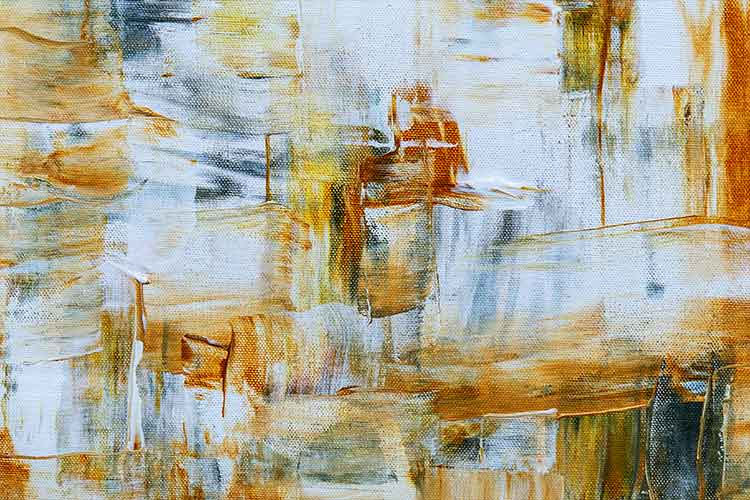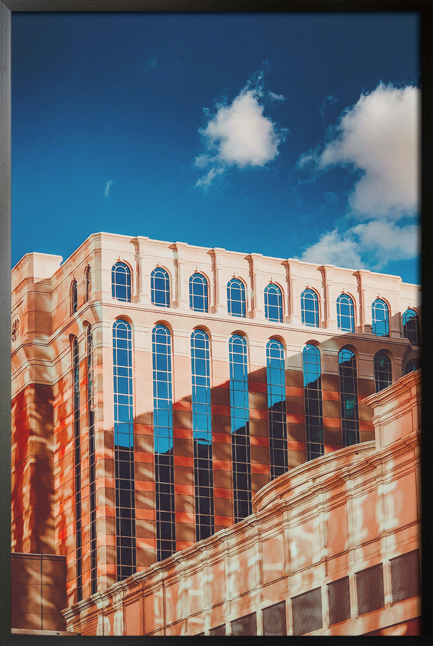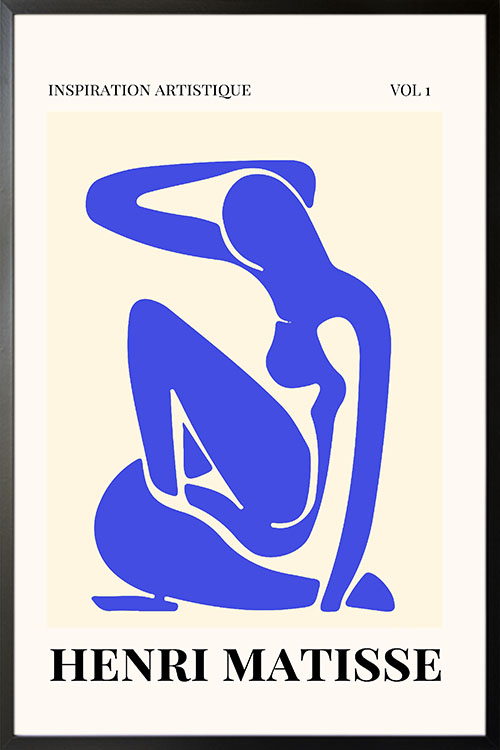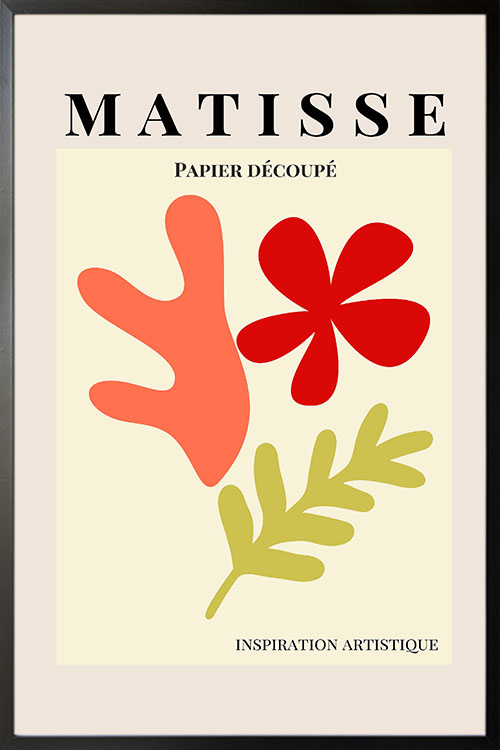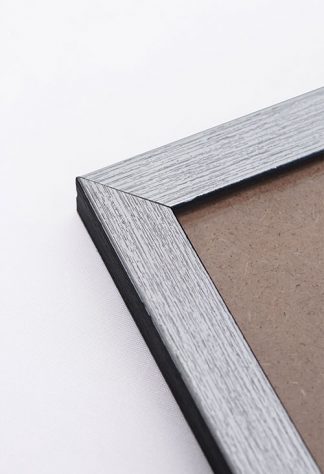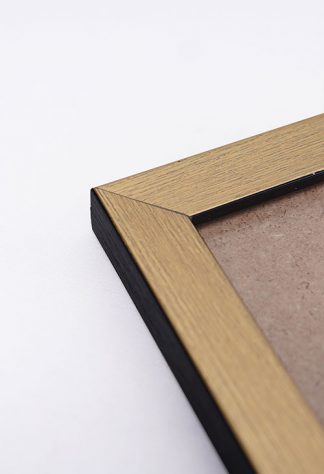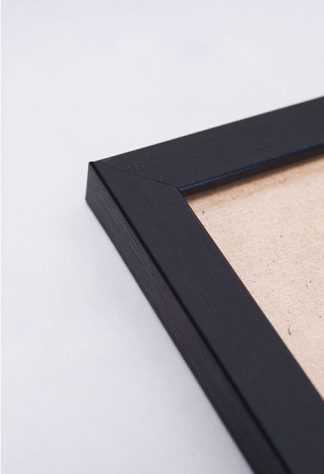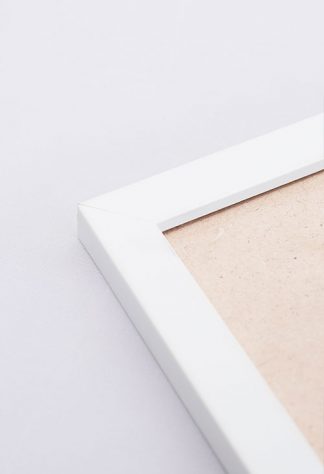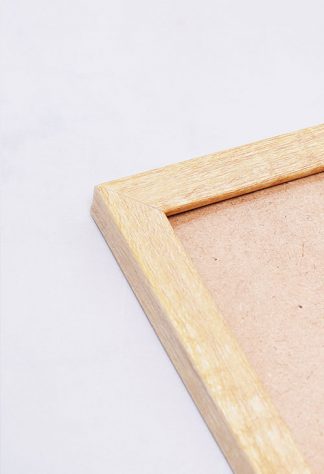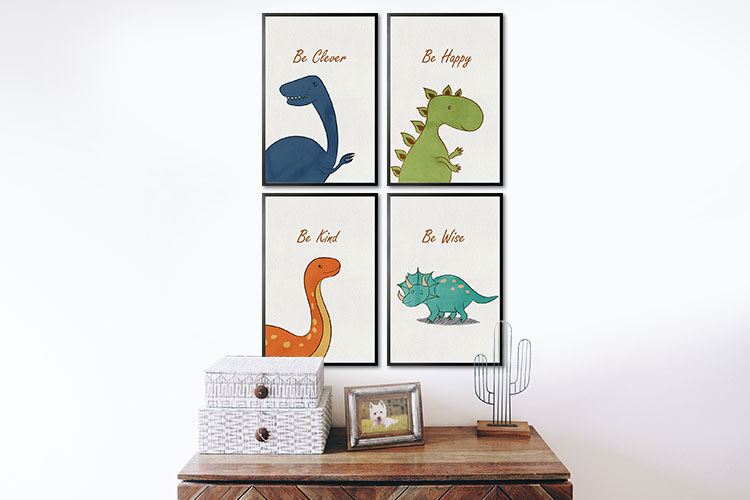
If you feel that your room is a bit bland and empty, you may want to check your walls first. Many have said that a house should not have any empty walls. Plain walls have many potential and can be decorated in various ways. With creative ideas, you can easily add life to your rooms. Here you can see smart and artistic ideas to decorate your walls. Check them out and see if they suit your taste.
Display a piece of art
Adding a piece of art has its special way of bringing life to any home. A large piece of art will look great in any room and this can be the focal point. If your walls are big then two or three large art pieces can be arranged in a pattern for a delightful view. Art pieces can communicate with your guests and add personality to your home. Art pieces in a print can give the same effects as the original ones. The difference is that posters are more affordable and can be personalized depending on the requirements.
Create a wall gallery
Depending on the theme or design you want, a wall gallery can be a collection of photos or pieces of art. Arrange them in any layout possible and the appearance will surely capture the attention of your family and guests. Many experts also recommend adding frames to the art, photos, or prints. Frames can instantly highlight the subject and blend with any interior design style.
Display mirrors
Mirrors are often used in the bathroom or the bedroom. As a decor element, mirrors can create a visually larger room. Thus, this is perfect in small rooms. In addition to these, mirrors can reflect natural light making the ambiance more comfortable and relaxing.
A traditional wall gallery in the Philippines
Try to visit a home in the Philippines and chances are you will see a wall gallery of diplomas and academic achievements in the living room or hallway. School diplomas and graduation photos are commonly displayed to flaunt the accomplishments of every family member, especially the children. We’re not sure when this practice started but displaying the kids’ accomplishments is one of the focal points of a home in the Philippines.
Add sculptures
Sculptures may not blend with every interior design style but they can make any room look lively. Sculptures can be the focal point in any room and they add more personality than any piece of art.
Personalize your walls with posters
If the poster designs available in many shops do not fit your taste, then you have another option. Personalized posters or personalized prints can be ordered to instantly add life to your home. Pick your best picture, have them enhanced, and pick the size that you need. With frames, you can add beauty to your personalized poster and the entire room. Get them now only in artdesign.ph.
